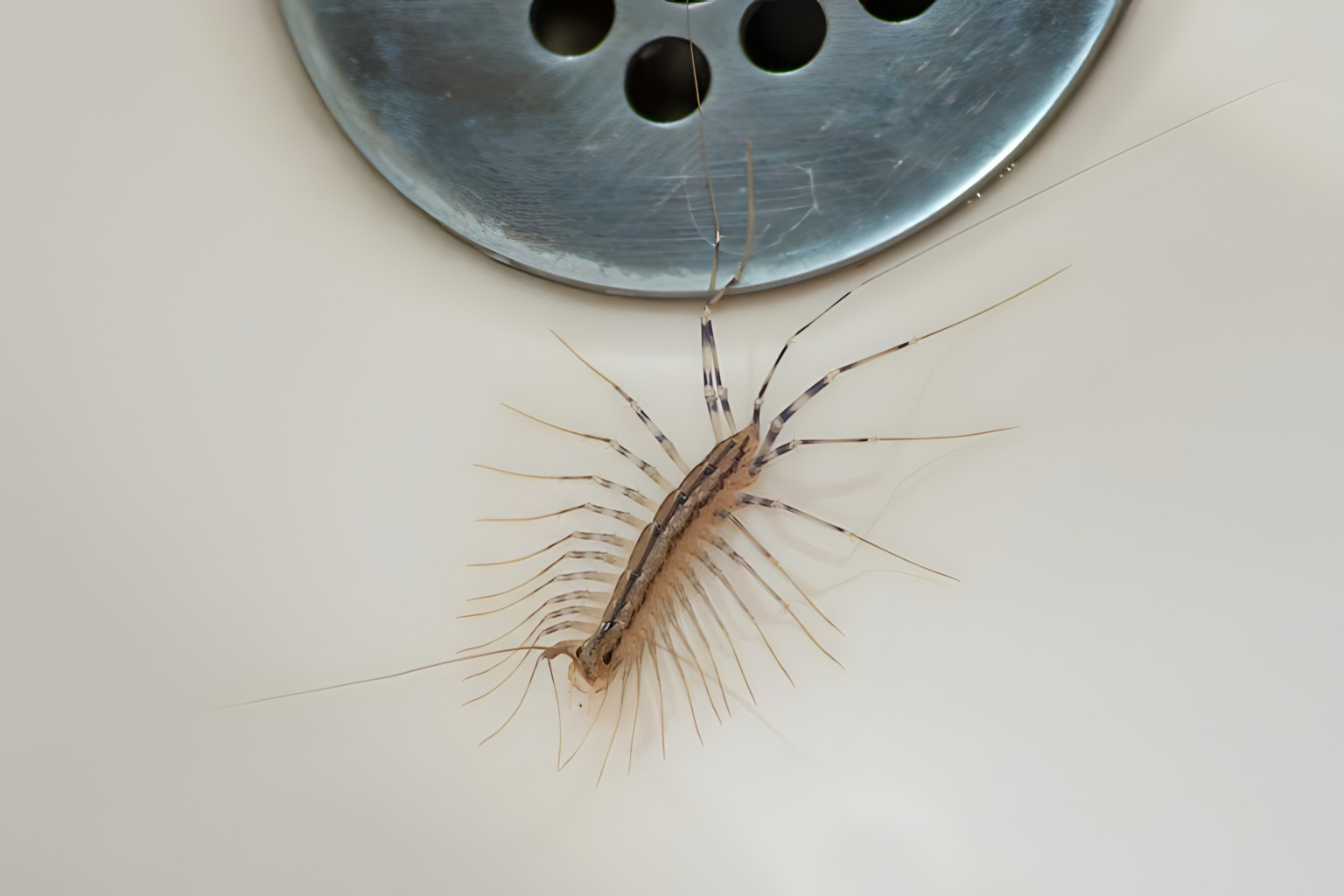It’s unnerving to see a house centipede dart across your living space and disappear under your sofa. These speedy critters, which usually have 15 legs, are a source of dread for many. Moving at a speed of 1.3 feet per second, it’s no wonder that trapping one in your home feels like an insurmountable task.
The instinctive reaction to a house centipede is often to reach for a shoe and smash it before it scurries off to another hiding spot. However, like most insects, centipedes serve a function, and it’s actually a beneficial one.
What’s on the Centipede’s Menu?
House centipedes are predators that eliminate other unwelcome household pests. They feast on cockroaches, moths, flies, silverfish, and even termites. The two front legs near their heads are specialized to inject venom, while the remaining legs are used to ensnare their prey. This hunting method is referred to as “lassoing,” where the centipede pounces on its target and wraps it up with its other legs.
Not only do house centipedes rid your home of unwanted insects, but they also don’t build nests or webs. They are vigilant hunters, always on the prowl for their next meal. They won’t gnaw on your furniture or spread deadly diseases. Their sole focus is to hunt down other pests.
Strategies for House Centipede Control
- To permanently eliminate house centipedes, you must first remove their food source.
- Focus on eradicating the pests that centipedes prey upon. This can be achieved by reducing wall moisture with a dehumidifier or installing an exhaust fan in your bathroom.
- Close up any gaps or cracks in the house to prevent pests from laying eggs.
- Keep your home free from clutter and debris that might cause unwanted moisture to seep into your walls.






